7 facts about Tool that only superfans will know
From unusual equipment to special guests and onstage in-jokes, here are seven things you might not know about Tool.
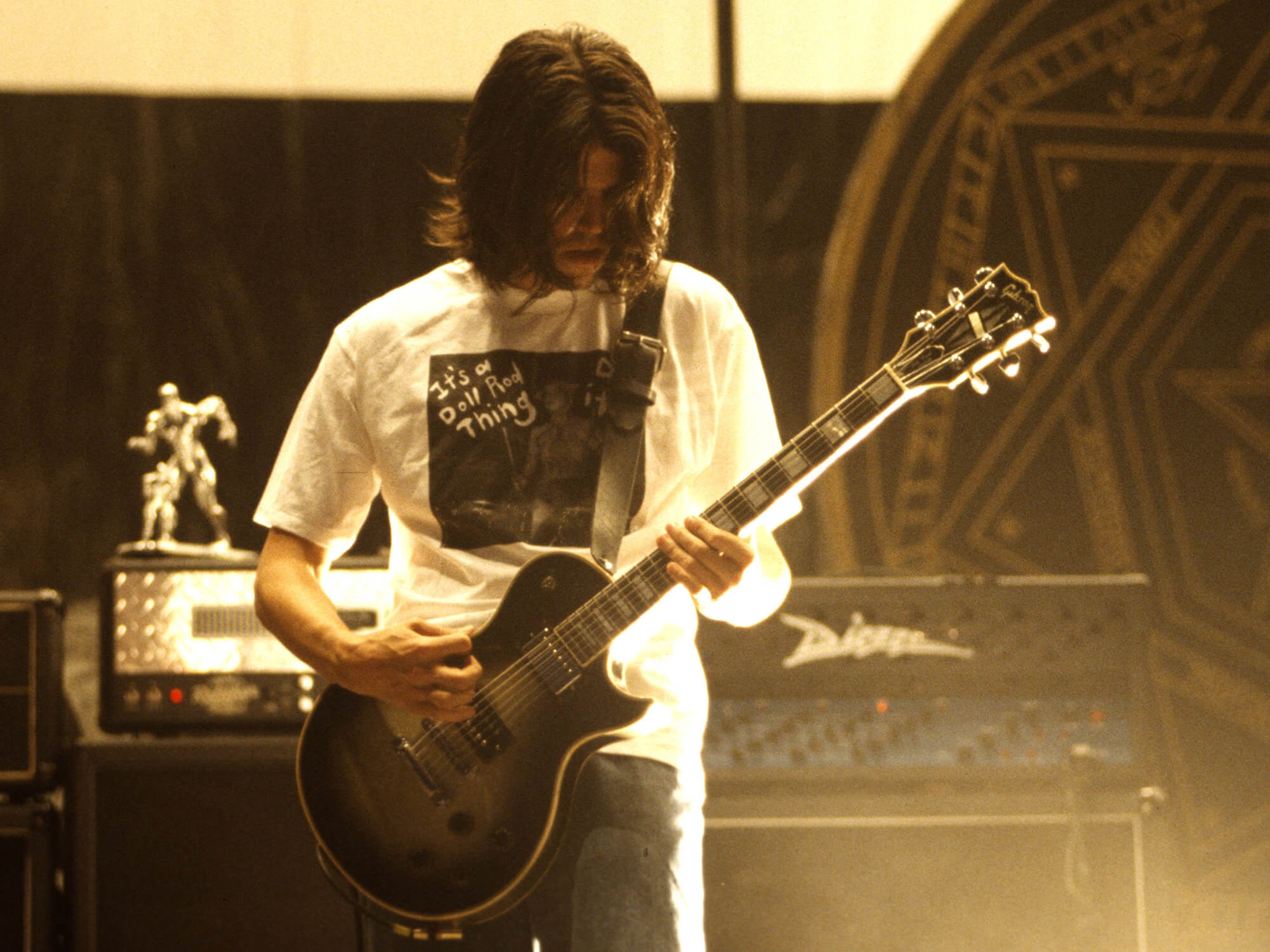
Adam Jones of Tool. Image: TIm Mosenfelder / Getty Images
The surprising onstage amp
Adam Jones’ unusual amp setup comprises a 1976 Marshall Super Bass wired to Super Lead specs and biased to 25mA, along with multiple Diezel VH4s, one of which has a modded preamp circuit. A Perfect Circle guitarist Billy Howerdel first turned the Tool player onto Diezel amps back when he was teching for the band.
- READ MORE: The last days of Leo Fender
Jones has also been known to use Rivera and Bogner amps, as well as many others in the studio. There’s another amp, however, that’s been part of the band’s live setup since the early 2000s – the humble Roland Cube. Jones uses it in combination with a Heil Talk Box for the solo of 10,000 Days track Jambi.
The Silverburst
Jones’ weapon of choice has long been a Gibson Les Paul with a rare Silverburst finish. This particular guitar was made between 1978 and 1982, with most historians estimating that there were only 150 to 200 produced during that span. The model remains shrouded in mystery even today, but many believe that the Silverburst finish was meant to be a special run in honour of the Les Paul’s 25th, or silver, anniversary, in 1977. Jones is said to own at least six Silverbursts from the original run.
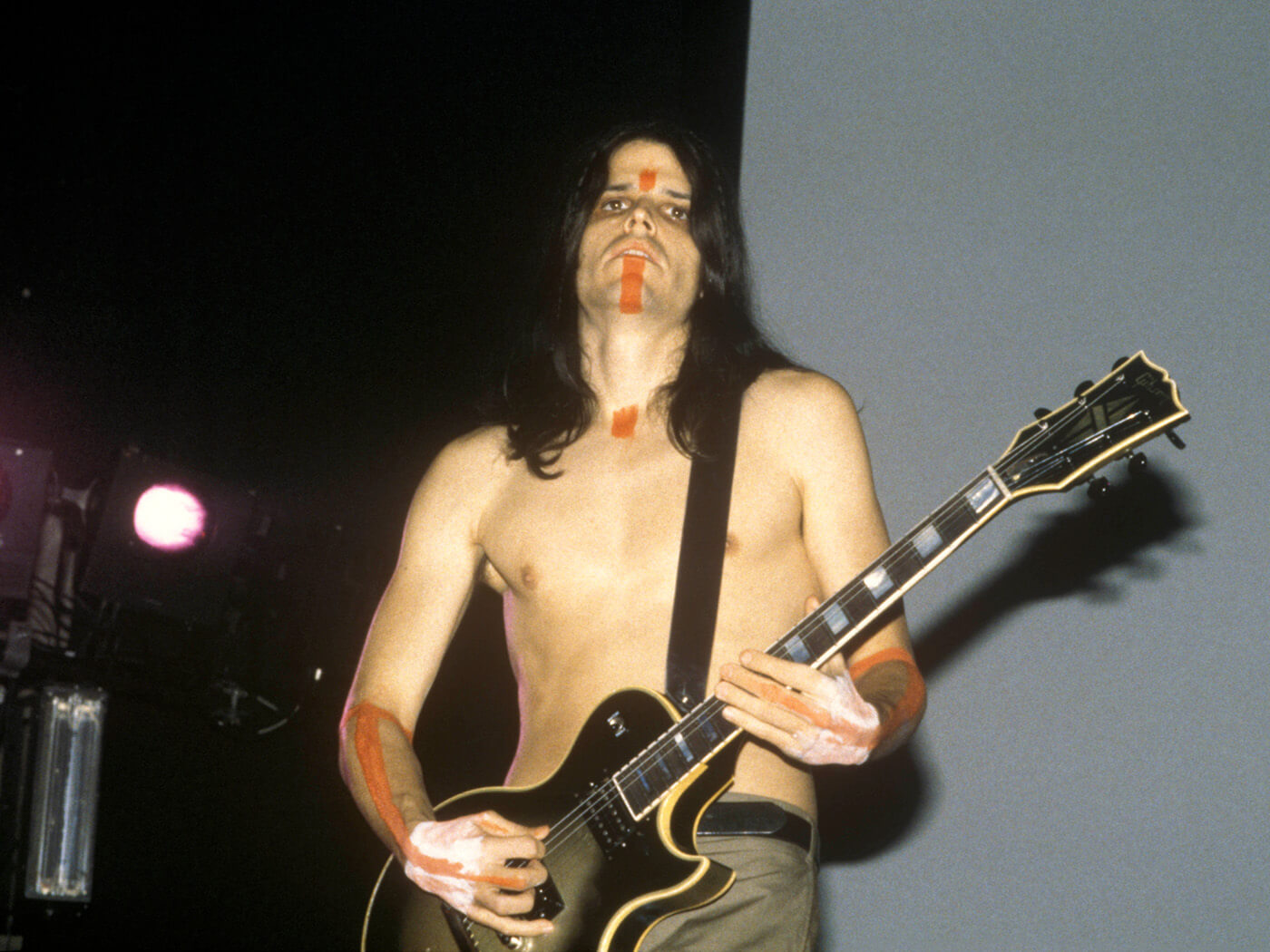
The drum machine named Danny
Many Tool fans know that drummer Danny Carey does not play to a click track when the band performs live, nor does he use one in the studio. This leads to some slight variations in timing between studio and live renditions, which creates onstage challenges for Jones. The guitarist uses the Boss DD-3 pedal to achieve his main delay tone and, in order to get his delay to sync up to Carey’s drums, he’d often use two or three DD-3 units in a row, set to slightly different timings and triggered to turn on or off during different parts of a song.
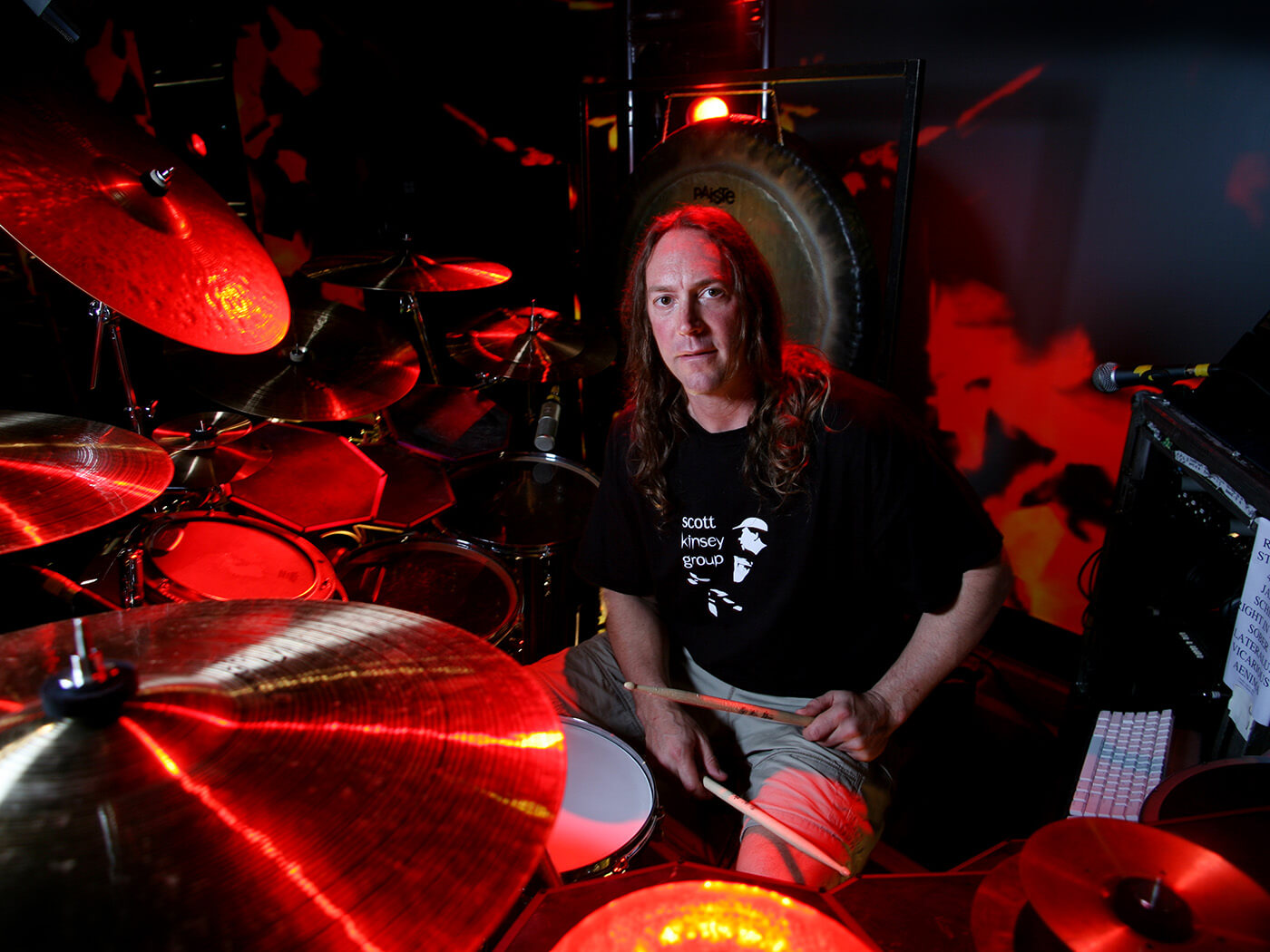
The inside jokes
Tool frontman Maynard James Keenan has been performing the band’s material for so long now that, naturally, he’s taken to slipping in jokes and easter eggs here and there to liven things up.
According to Chris Schleyer, who has worked as a tech for Keenan bands Tool, A Perfect Circle and Puscifer, the singer has been slipping the names of crew members into songs for years.
“It actually started out as ‘Nobby’ or ‘Junior’, Tool’s live sound engineer and lighting designer,” says Schleyer. “[Maynard] would just slip one of their names into a song during a show to keep the crew and himself entertained. It was very funny because we all used in-ear monitors, so we could hear him very clearly. It became a running joke with all three bands.
“Part of the fun is finding those little gems yourself. I remember Ænima was a good one – ‘Fret for your Schleyer’. There are a few out there. Maynard even threw one into a live BBC recording. I felt bad for the rest of the band because they had to stay focused and not mess up! Meanwhile, the crew is in the hallway cracking up!”
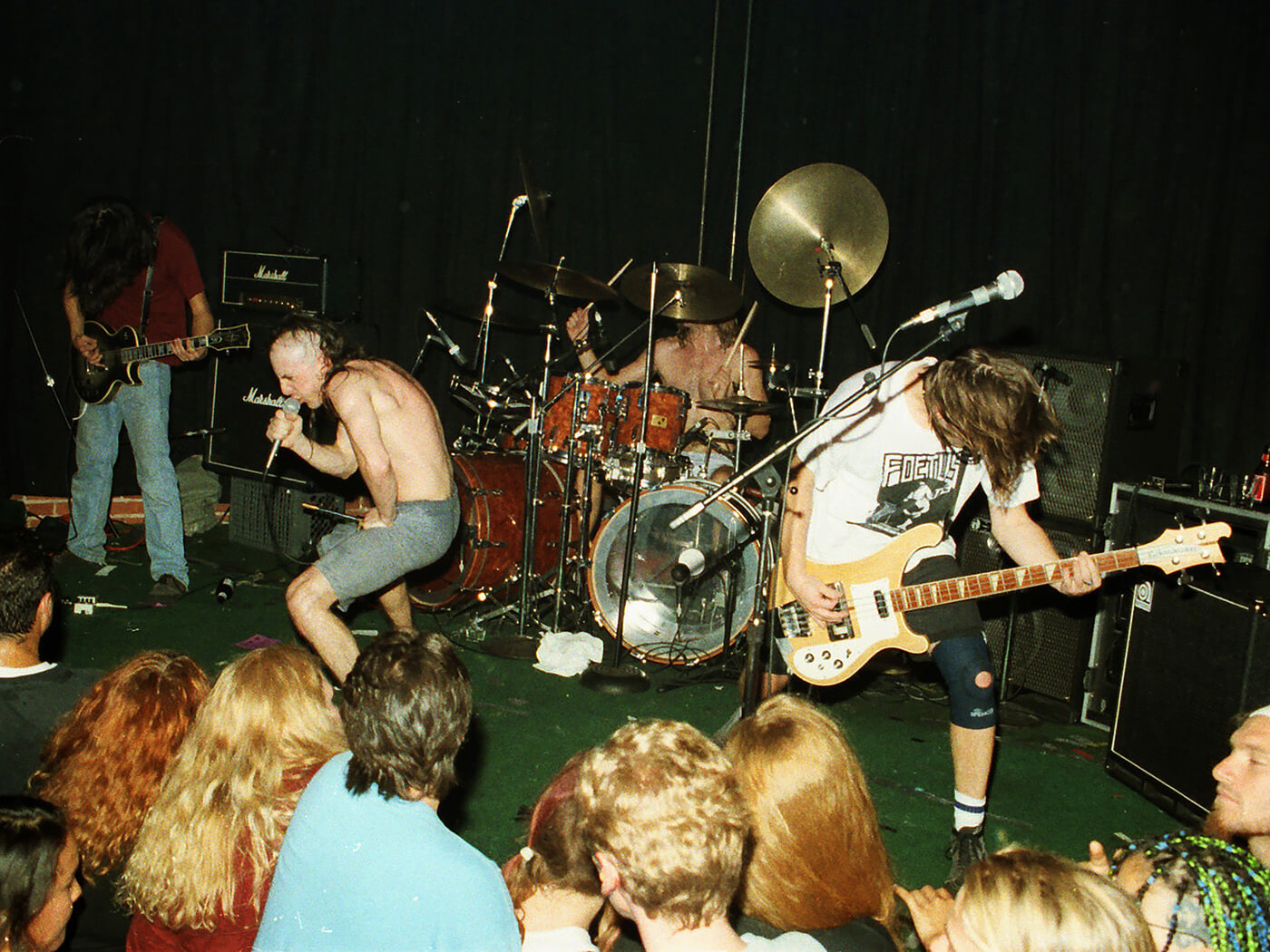
The wireless studio system
SoloDallas recreates the old Ken Schaffer SVDS wireless guitar system used live and in the studio by the likes of David Gilmour, Eddie Van Halen and Angus Young. According to Joe Barresi, producer of Tool’s 2019 comeback album Fear Inoculum, Adam Jones used a SoloDallas unit to drive the signal into the front of the amps in the studio.
Why use a wireless in the studio? Schaffer’s SVDS worked by using an internal preamp to boost the signal in the receiver. The receiver shaped the sound by ‘unpackaging’ the signal coming from the transmitter. The guitar signal has to be compressed at the transmitter and expended at the receiver – which requires a compander. The unique way that the old wireless units handled the companding added a certain shimmer to the tone that was beloved by the guitar greats of the 1970s. That sound was largely lost to time after Schaffer stopped making the SVDS system, but Jones and a few others have been quietly bringing the old technology back into the fold.
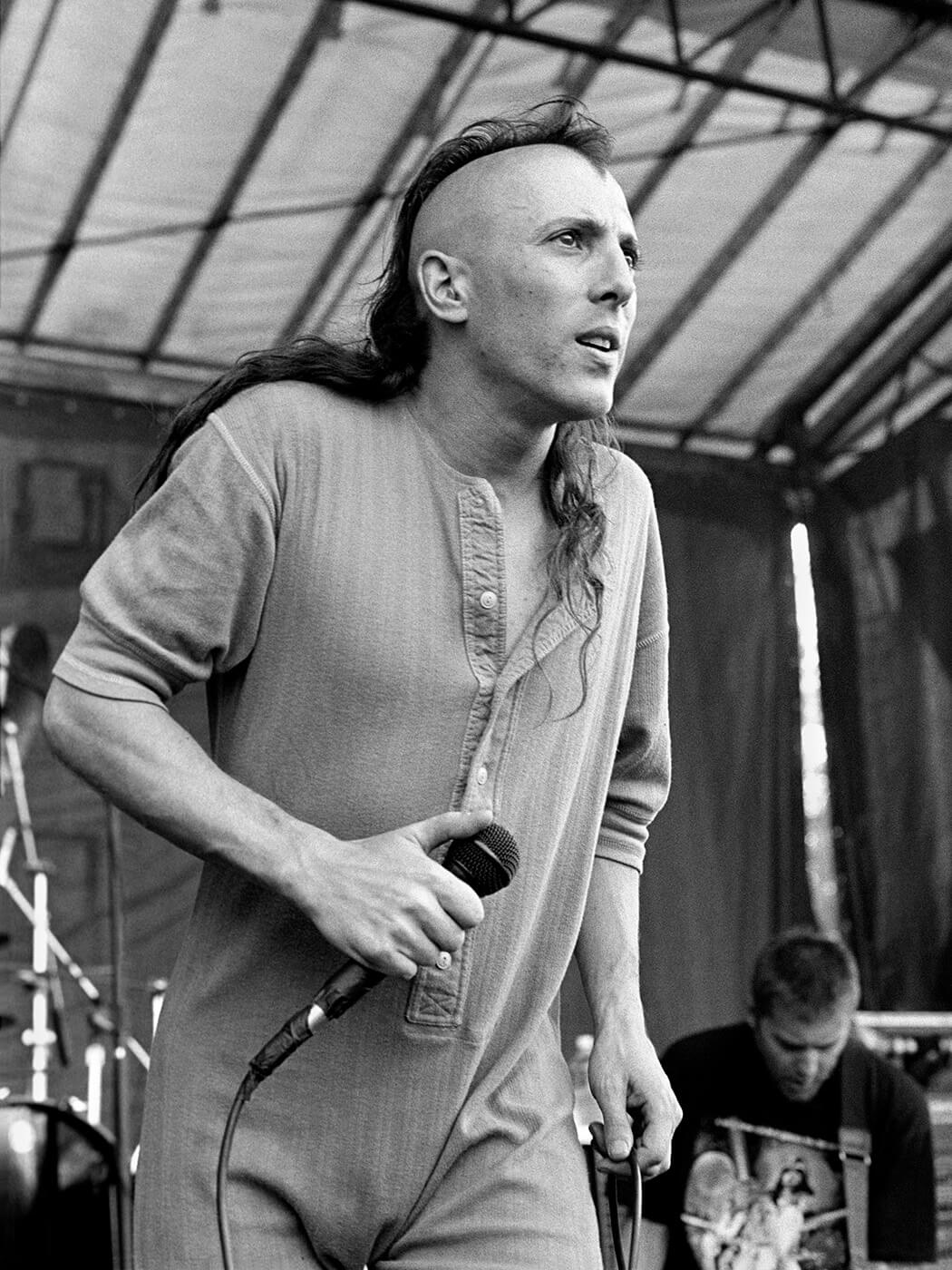
The sledgehammer cameo
Every studio album released by Tool has featured guest musicians. In 1993, Undertow featured three special appearances, including one credited to then Rollins Band guitarist Chris Haskett ‘playing’ piano with a sledgehammer on the song Disgustipated. Haskett would later go on to record a song with David Bowie called If I’m Dreaming My Life on the album Hours.
Lustmord
Adam Jones recruited friend and industrial ambient musician Lustmord (real name Brian Williams) to provide ambient effects on 10,000 Days track 10,000 Days (Wings Pt 2) and Fear Inoculum song Descending.
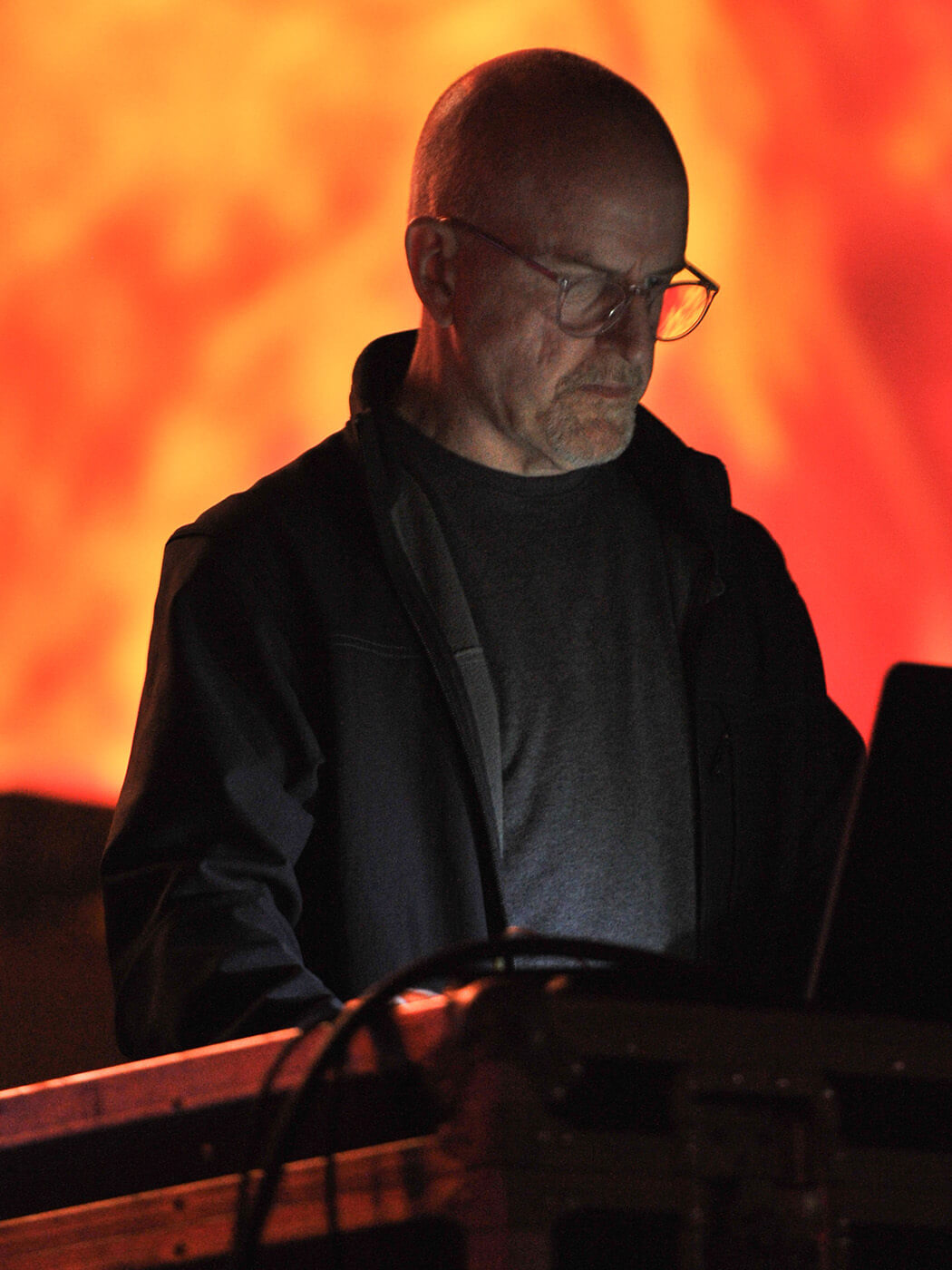
The Descending effects were recorded in California and in Lustmord’s home country of Wales. Danny Carey also contributed some of the ocean noises edited in among the finished product. The field recordings taken from the beaches of Wales include the sound of Lustmord’s mother-in-law laughing and throwing rocks into the water. She would pass away soon after.
Jones was specific in that the water sounds should be integral to the song’s meaning. Of course, the meaning has yet to be fully revealed.
For more features, click here.
